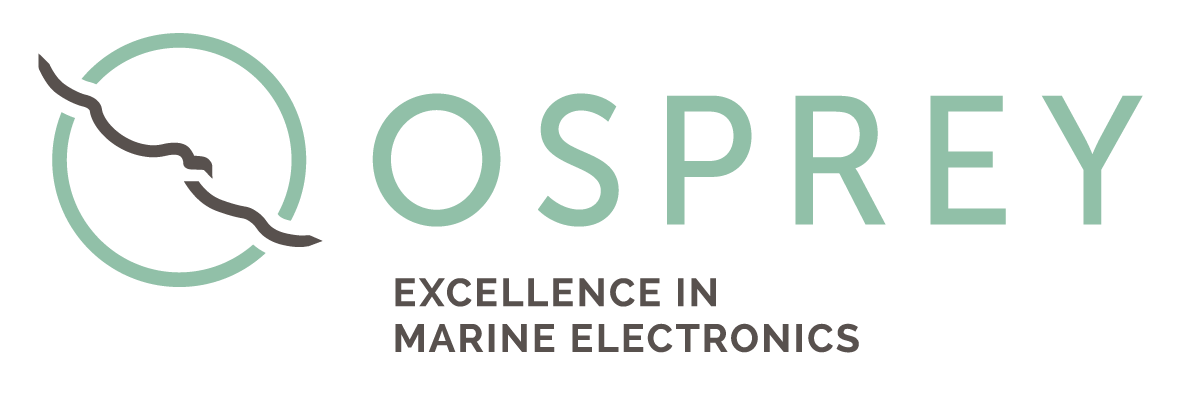Integrel Solutions, experts in marine power generation, storage, and hybrid propulsion technology, are delighted to announce marine electronics specialists Osprey Technical Consulting as a key technical and installation partner.
Collaboratively, the teams at Integrel Solutions and Osprey Technical will provide end-to-end support including design services, installation planning and coordination, and commissioning for the Integrel E-Power system and the eagerly awaited Integrel E-Drive, set to launch later in 2024. Osprey Technical will also closely engage with boatyards and end users to shape the broader electrical package of vessels, unlocking the full potential of integrated charging and power systems. This approach not only improves the efficiency and performance of a vessel through saving onboard weight, project time, and future upgrade costs, but also aligns with Integrel Solution’s recent partnership with Navico Group and their Fathom® e-power brand to develop the ultimate integrated power solution offering boaters complete monitoring and control, and an alternative to traditional genset solutions.
Trevor Howard, CEO of Integrel Solutions said; “One of Integrel’s fundamental principles is that we offer our customers the very best service, from product specification and system design through to the installation, commissioning, and after-sales support. Recognising Osprey Technical’s expertise in the marine industry along with their existing knowledge of Integrel products made the decision to team up easy. We look forward to working closely with Osprey in the months and years ahead.”
Rachel Oliver, Managing Director of Osprey Technical Consulting, added, “We have worked alongside the Integrel Solutions team recently on installations and I am pleased to bring this relationship even closer together. Our dedication to excellence in installation and technical support aligns with Integrel’s vision to empower boatbuilders and boat owners with the choice to make a meaningful environmental impact on the water with their reliable and innovative E-Power and E-Drive technologies.”
Osprey Technical will also be actively involved in the final testing phase of the DAME Award Category winning Integrel E-Drive 15, set for release in 2024. This involvement underscores Osprey’s commitment to staying at the forefront of technological advancements in the marine industry and delivering top-tier solutions to customers.
Boat enthusiasts and industry professionals attending Boot Dusseldorf 2024 (20-28 January) are invited to visit the Integrel Solutions and Osprey Technical Consulting teams in Hall 10, Stand C02 to explore the future of integrated marine power systems.












